
- Good Stuff -
- 7mins -
- 364 views
South Florida man picks up seven tons of trash from mangroves in 100 days
Miami resident Andrew Otazo has collected nearly 14,000 pounds of trash from the mangroves of Miami-Dade in 100 days because he refuses to stand by as pollution threatens the ecosystem he grew up loving.
One man’s mission to clean the mangroves he grew up loving
A South Florida man has travelled to some hard-to-reach areas to tackle pollution by picking up nearly 14,000 pounds of trash in 100 days. In the Miami heat, he dives to the depths of the ocean bottom and deep into the mangroves to collect tons of trash. From sun-up to sun-down, Otazo is hauling all kinds of trash because he refuses to sit by and watch as pollution worsens and threatens the environment and wildlife he grew up loving. — CBS12
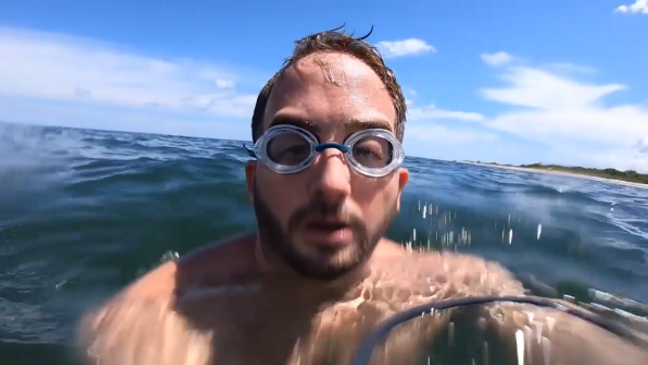
1 man, 14,000 pounds of trash, 100 days
What started as a trash cleanup day in Bear Cut Reserve over three years ago has turned into a massive passion project for a Miami native — and he plans to continue cleaning Miami’s mangroves single-handedly until his body literally cannot anymore.
His name is Andrew Otazo, and so far, he has picked up exactly 13,640 pounds of trash from the mangroves and shores of Virginia Key, Key Biscayne, and Biscayne Bay. He knows this because he lugs around a heavy luggage weight when he’s cleaning the mangroves in the Miami heat.
Thirty-three-year-old Otazo, like so many Miami natives, says he grew up by the water and has always loved seeing the mangroves. As he got older, he would go out to these reserves to seek solitude. However, his peace would be interrupted when he would stumble upon alarmingly massive amounts of trash, litter, and debris.
“I’ve been exploring these habitats since I was 13 years old and I absolutely love them,” Otazo told Local10. “Before I made major headway through Bear Cut Reserve, it was covered in literal trash. So, I’d go out to these areas to try to seek solace and peace, and every time I’d come out I’d be so upset — I’d be angry.”
“Three and a half years ago I was like, you know what – I’m just going to have to do something about this. And I’ve just been at it ever since.”
Over three years later, Otazo, who works in public policy and relations for an international agency, has now collaborated with groups to clean the mangroves ranging from Belen Jesuit School and the Frost Museum of Science to the Miami Marathon and the Surfrider Foundation.
Source: Local10
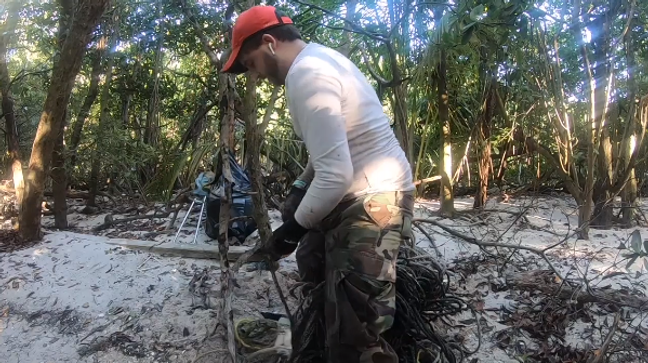
5 reasons why Florida’s mangroves are so important
Florida’s mangroves provide protection from storms, nurseries for wildlife and recreation for people, according to The Nature Conservancy. Here are five of the reasons they list as why Mangroves are important:
1. Mangroves are important to humans Mangroves are important to people because they help stabilise Florida’s coastline ecosystem and prevent erosion. Mangroves provide natural infrastructure and protection to nearby populated areas by preventing erosion and absorbing storm surge impacts during extreme weather events such as hurricanes.
2. Mangroves are important to the ecosystem. Mangroves are important to the ecosystem too, as their dense roots help bind and build soils, while their above-ground roots slow down water flows and encourage sediment deposits that reduce coastal erosion. The complex mangrove root systems filter nitrates, phosphates and other pollutants from the water, improving the water quality flowing from rivers and streams into the estuarine and ocean environment.
3. Mangrove forests are carbon sinks. Mangrove forests capture massive amounts of carbon dioxide emissions and other greenhouse gases from the atmosphere, and then trap and store them in their carbon-rich flooded soils for millennia. This is an important ecosystem service as we face climate change. This buried carbon is known as “blue carbon” because it is stored underwater in coastal ecosystems like mangrove forests, seagrass beds and salt marshes.
4. Mangrove forests are good for wildlife. Mangrove forests also provides habitat and refuge to a wide array of wildlife such as birds, fish, invertebrates, mammals and plants.
5. Mangrove forests are a great place to visit. Mangrove forests can provide a variety of nature experiences for people such as birding, fishing, snorkeling, kayaking, paddle boarding, and the therapeutic calm and relaxation that comes from enjoying peaceful time in nature. They also provide economic benefits to communities as a nursery for commercial fish stocks.
To learn more about why Florida’s Mangroves are of such significance, and the threats they face, read ‘The Importance of Mangroves’ by The Nature Conservancy.
Source: Nature.org
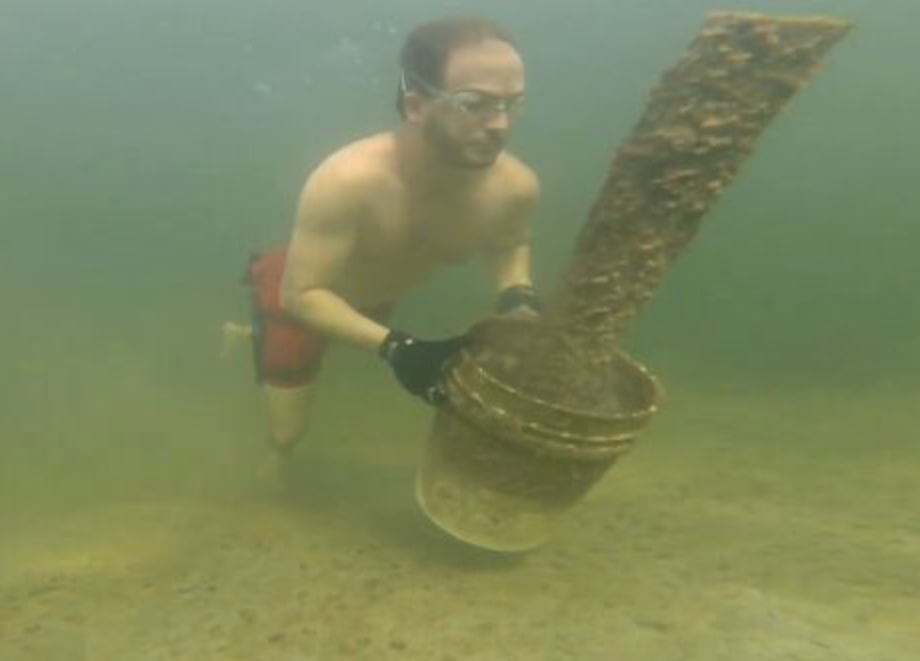
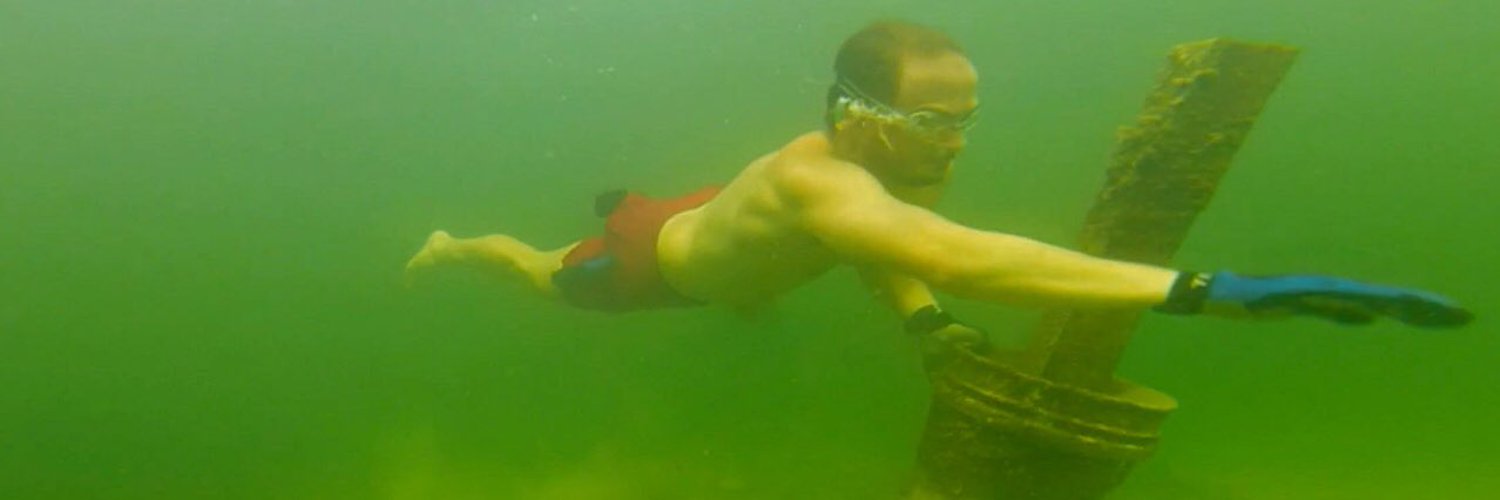
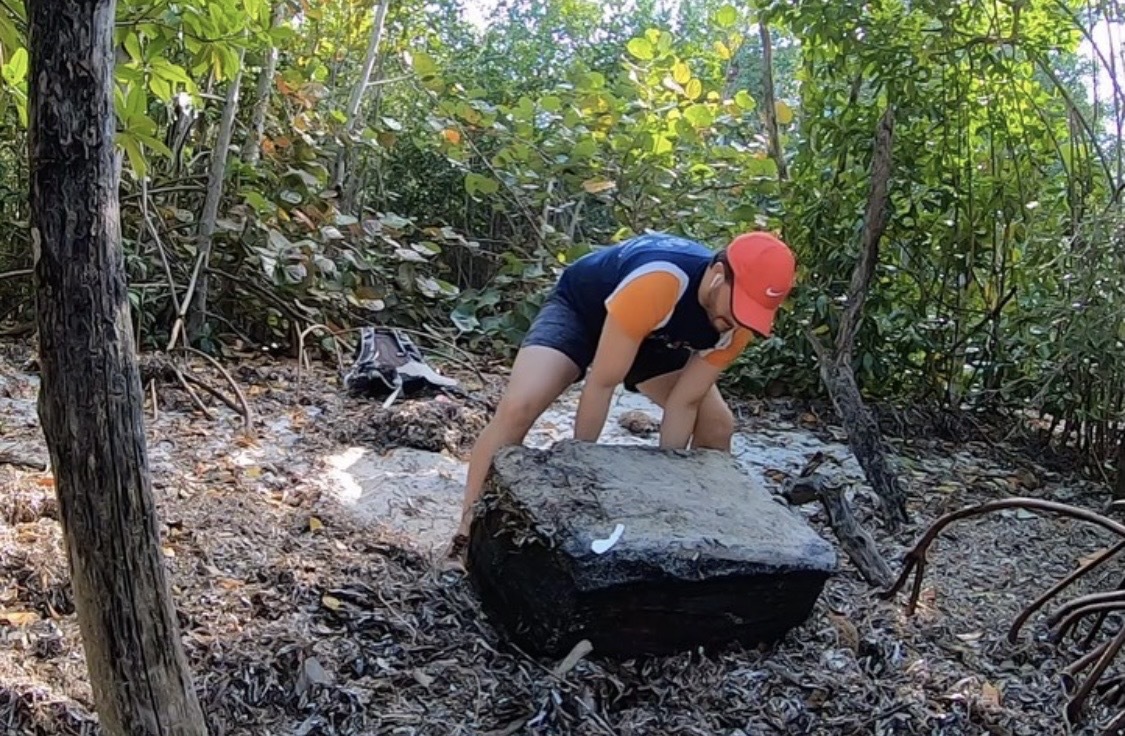
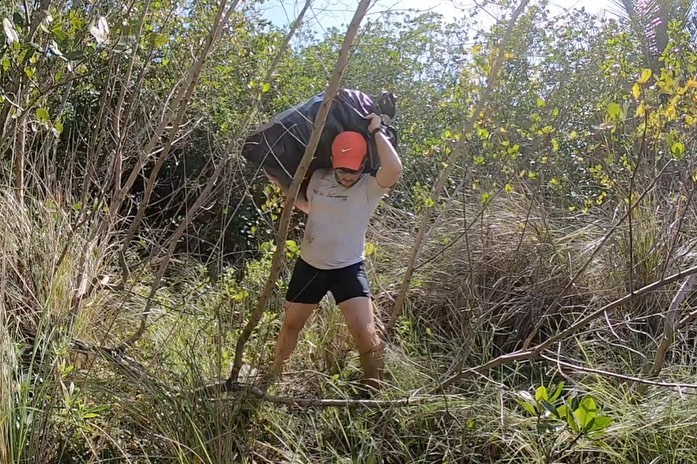
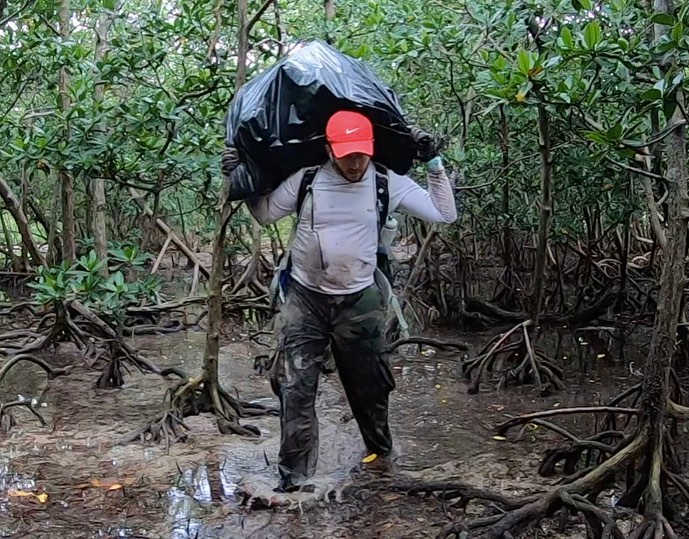
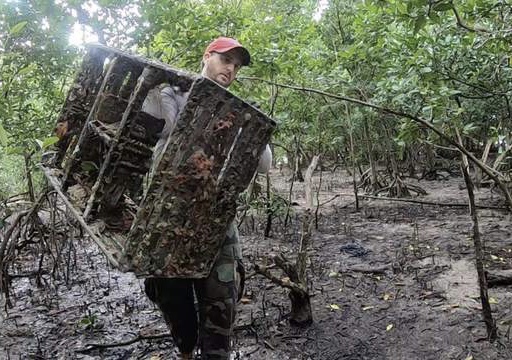
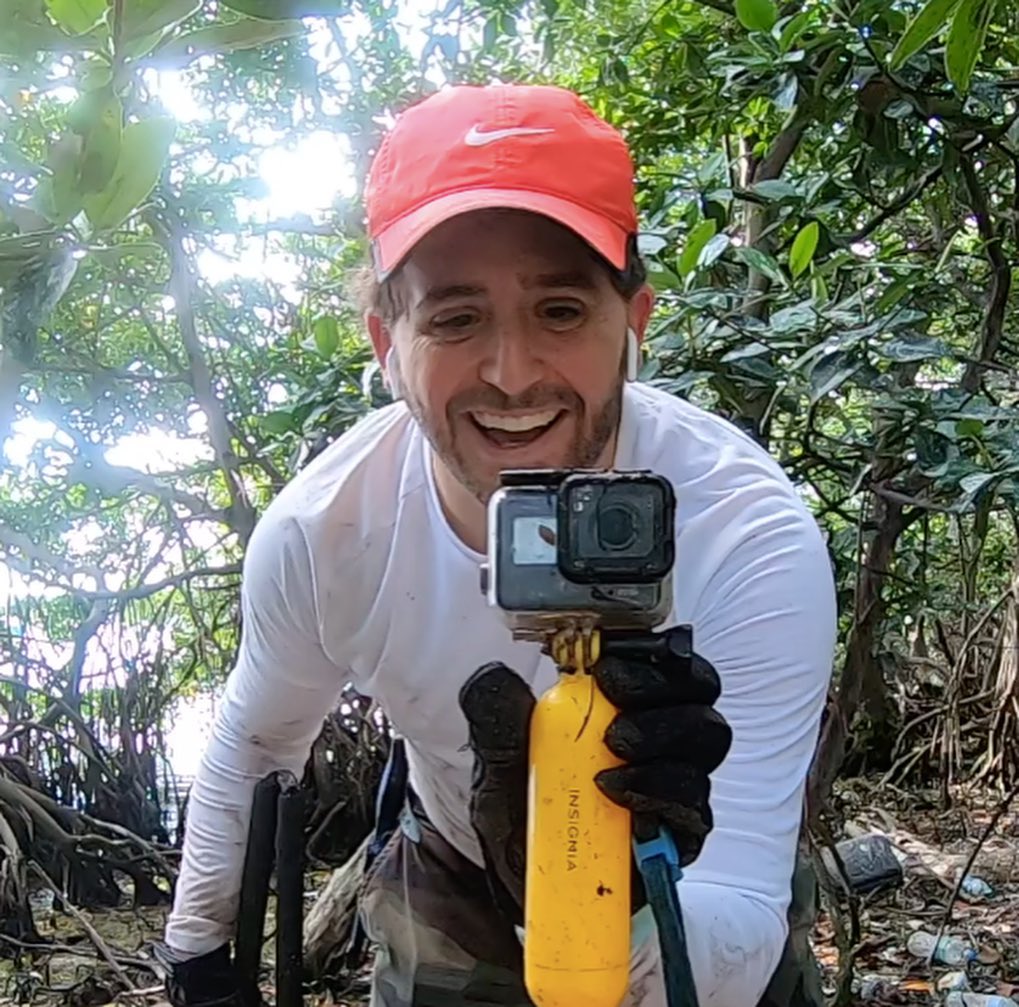
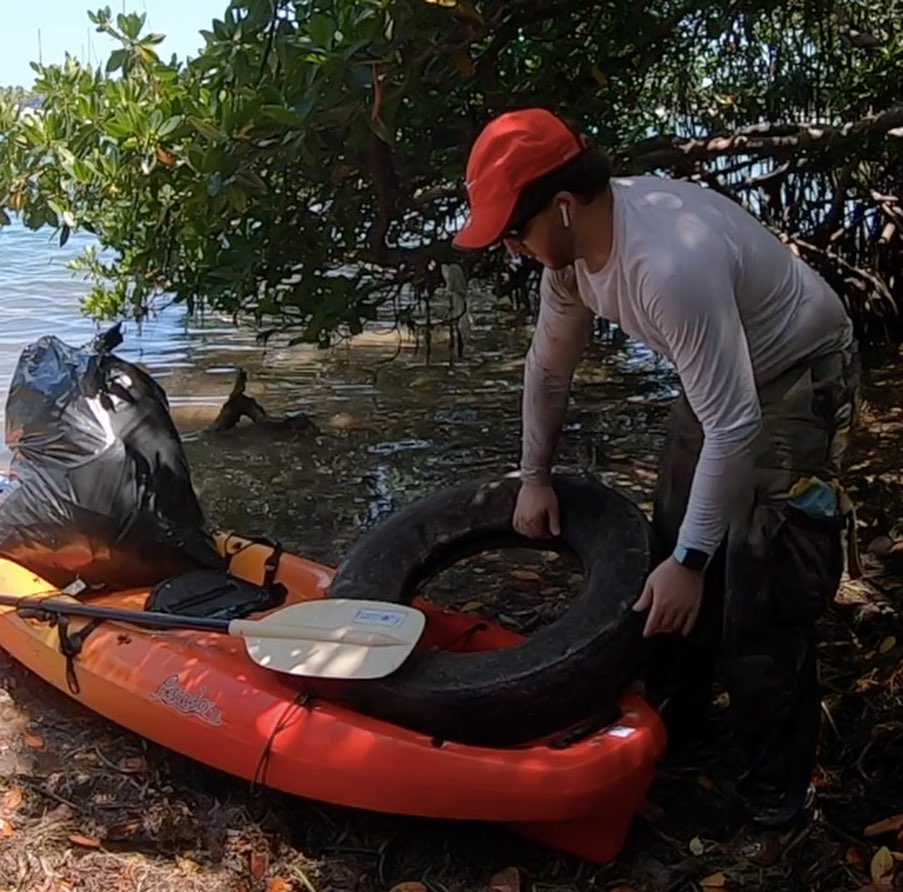
Follow Otazo’s mangrove mission on social media
To keep up to date with Otazo on his journey to clean the mangroves, follow him on Twitter or on Instagram.

